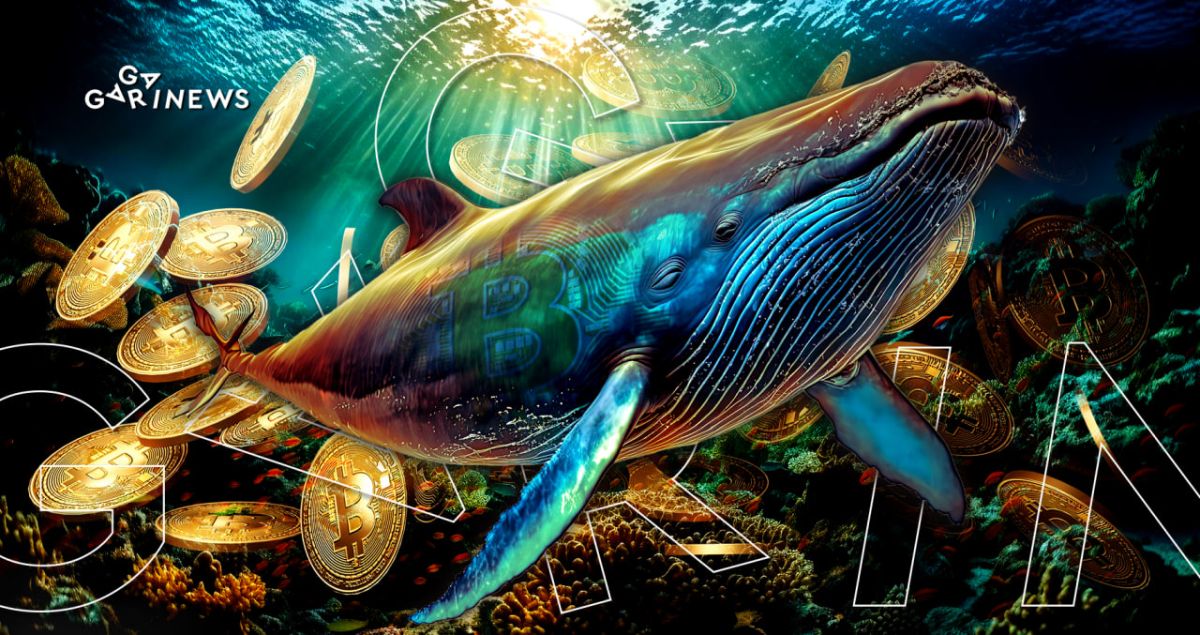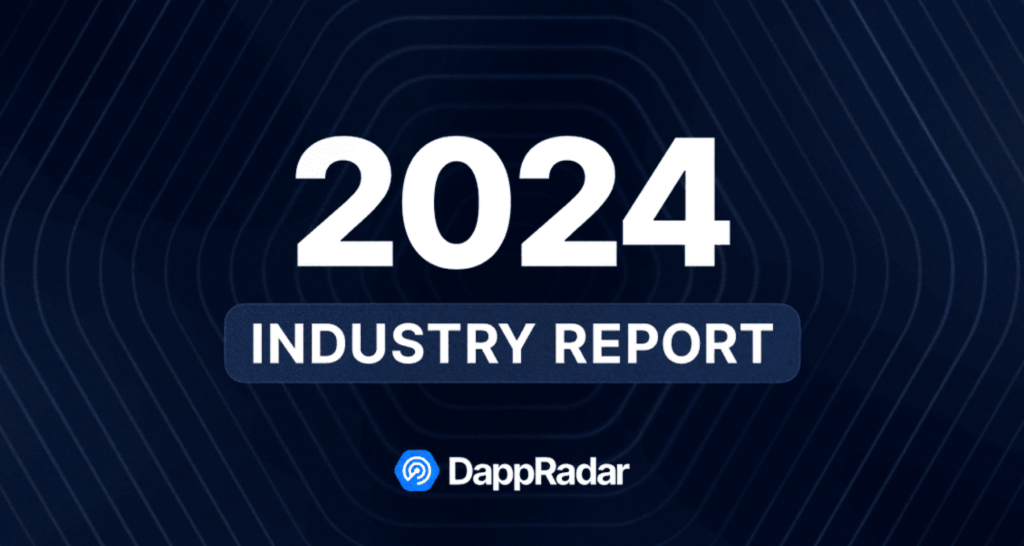The First Miner and BTC Whale: Why Did Patoshi Hoard Billions?

The research carried out by Sergio Demian Lerner on the early mining of Bitcoin blocks has generated considerable buzz in the cryptocurrency community. For a decade now, crypto enthusiasts have been engaged in a quest to uncover the identity of the miner behind the first million BTC.
On this page
Sergio Lerner, a crypto enthusiast, independent security researcher, and Bitcoin expert doesn't provide a definitive answer to this question. Currently, he works as the Chief Scientist at IOV Labs and a Designer of the Rootstock Bitcoin sidechain. Lerner coined the term “Patoshi” for the first Bitcoin miner, symbolically merging the words “pattern” and “Satoshi”. Thanks to Sergio, the term “Patoshi” has become widely used.
Lerner's journey began in late 2011 when he first read an article about Bitcoin. He recalls being fascinated by the simplicity of the source code. He immediately became a Bitcoin activist and dived into working on the security of Bitcoin Core. In 2013, a discussion on the Bitcointalk forum led Sergio to speculate that Satoshi himself might have mined the first million BTC in the early stages of Bitcoin's development.
In 2009, mining activity was extremely low, kept at the minimum allowable difficulty level, with fewer than 6 blocks being created per hour.
Anyone who took the time and effort to create Bitcoin would not risk letting the network to halt due to lack of miners. He would run at least a miner himself,
reasoned the researcher.
Lerner started searching for evidence to support his hypothesis. He discovered several peculiarities in the early blocks related to privacy characteristics. Together, they formed a pattern that indicated an unknown mining method. These clues led Sergio to Patoshi – the mysterious pioneer who mined over 1 million bitcoins in 2009-2010.
According to Lerner, Patoshi used mining software different from the publicly available one. He also mined on 50 processors simultaneously (i.e., he created the first mining pool). Moreover, Patoshi apparently used a hashing technique known as multi-threading.
Slanted lines: regular miners' blocks. Nearly vertical lines: blocks mined by Patoshi. Source: Whale Alert
The analysts at Whale Alert agree with Lerner's conclusions. They not only confirm that Patoshi did exist but also outrightly state that the mysterious super miner was the creator of Bitcoin – Satoshi himself.
Firstly, the unique pattern, which other miners did not use, appears from the network's inception.
Secondly, bitcoins from a block mined by Patoshi were later sent to programmer and cryptopunk Hal Finney, who, as we remember, was the first documented recipient of bitcoins from Satoshi Nakamoto.
Whale Alert estimated that Patoshi mined over 22.5 thousand blocks and received more than 1.1 million BTC. Out of this, he spent 907 BTC (at a rate of $0.01), including 10 bitcoins sent to Finney. The remaining crypto has been untouched for almost 15 years. As of early April 2023, it amounts to about $30 billion. If Patoshi had sold his BTC at the peak of the bull cycle, he would have become the richest person on the planet.
Therefore, the expert community believes that Bitcoin mining wasn't Patoshi's main goal. He was likely more concerned about network security, defending it from a 51% attack. The first miner's focus was on the project's long-term sustainability, not personal enrichment. Patoshi only began mining when the network wasn't producing blocks fast enough. Additionally, it's proven that he intentionally reduced his hash rate when he thought there were enough miners.
The first Bitcoiners were believers who cared a lot less about money that we all care now. Most of them mined to help the project see how far it could grow against all odds,
Lerner explained.
Upon the network achieving self-sufficiency, Patoshi ceased mining altogether. Despite holding one million bitcoins, he spent a mere $10 on personal expenses. Sergio Lerner suggests that Patoshi's deliberate marking of blocks carried a profound message of humility and altruism to inspire future generations of crypto enthusiasts.
The content on The Coinomist is for informational purposes only and should not be interpreted as financial advice. While we strive to provide accurate and up-to-date information, we do not guarantee the accuracy, completeness, or reliability of any content. Neither we accept liability for any errors or omissions in the information provided or for any financial losses incurred as a result of relying on this information. Actions based on this content are at your own risk. Always do your own research and consult a professional. See our Terms, Privacy Policy, and Disclaimers for more details.



























